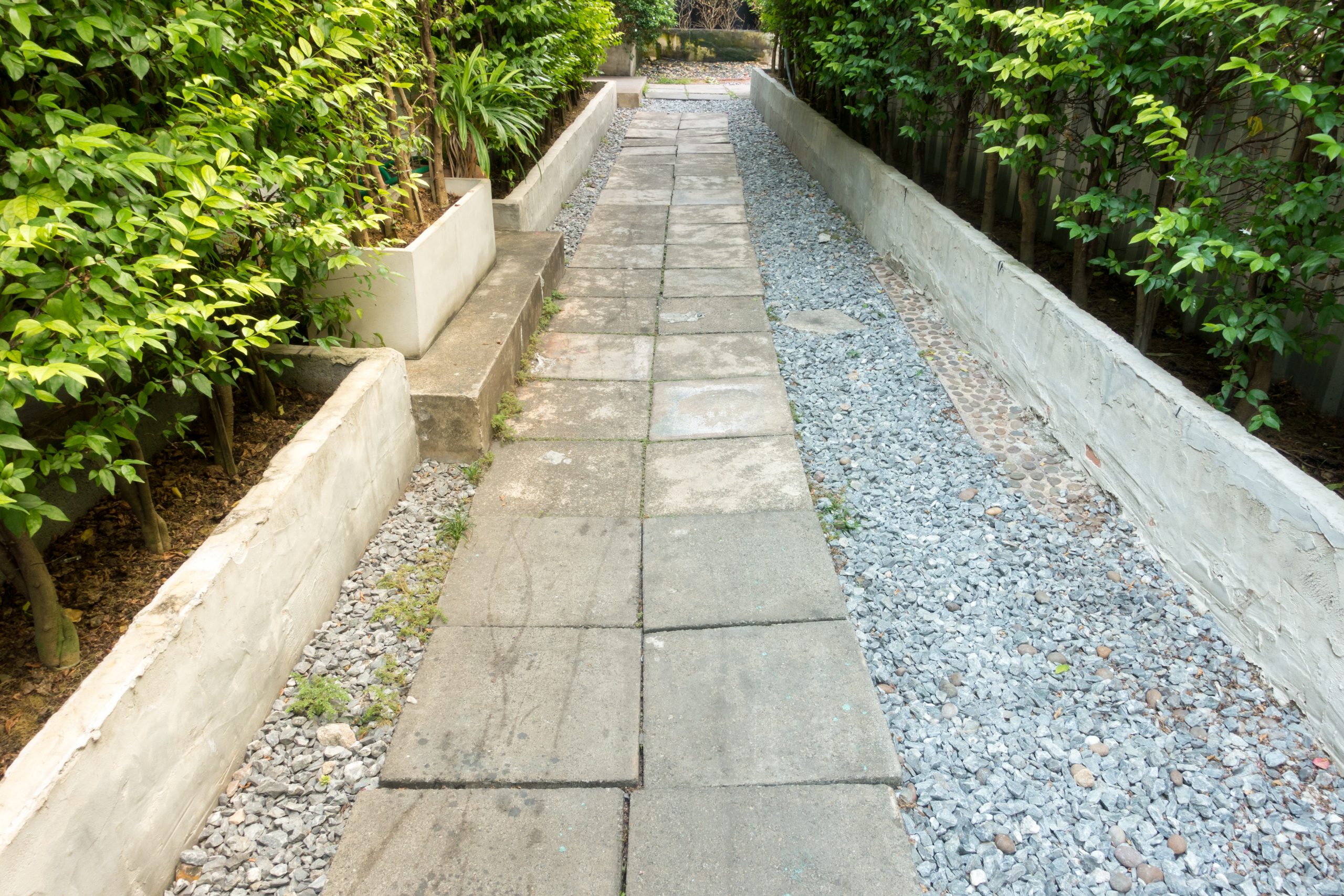Originally appeared at National Gardening Bureau.
Today’s gardeners have more options for where and how to start their gardens than the original Victory Gardeners. Of course, in-ground is always an option, as are container gardens for your Victory Garden 2.0.
Raised beds are another option. Don’t be intimidated, we’ll explain how easy it is to build your own! A basic raised bed, like the ones you see in community gardens, is quick, inexpensive to build, and lets you start gardening right away. Here’s an article for more details on the benefits and how-tos of raised bed gardens.
With just a little creativity and know-how, you can have a raised bed to match your needs. And it’s a lot easier than you’d expect.
5 Easy Steps To Build Your Own Raised Garden Bed…
1. Decide on the Size
How much space do you have? How many plants do you want or need to grow? These are some factors you’ll need to consider when determining the size of your raised bed. We don’t recommend any bed more than 3-4’ across. This is for ease in reaching all parts of the bed, especially if the raised bed will be against a house or fence or anything else that prevents you from gardening on that side of the bed.
If you choose a size longer than 6’ then you’ll need extra support to counter the outward pressure of the soil. For the directions below, the finished bed will be 3’ x 6’ and 12” deep, which is a great starting point.
2. Gather Your Tools
For the simplest beds, a hammer, nails, and a saw are all you’ll need to get them quickly knocked together. A sturdier model will require a screwdriver as well, as screws tend to hold wood more securely than nails do.
Not good with a saw? Don’t panic! Ask your local lumber yard if they can cut your boards to length for you. They may charge a small fee, but most are happy to help.
You’ll also need a measuring tape, a pencil or pen, and a drill if you’re using any harder materials. A level can be very useful to make sure your finished bed is level.
3. Purchase the Materials
If you’re building a standard wood bed, we recommend using 2” x 6” to 2” x 12” lumber depending on the depth of the bed that you want. This gives you a nice thickness that will stand up to lots of abuse without deteriorating or cracking. While you can use 1” thick lumber, it’s more prone to splitting or warping. The depth of the bed should be based on what you are growing. Crops, like lettuce, spinach, and herbs only need 6” depth, but tomatoes, broccoli, and squash need a deeper bed. More details on soil depth by crop can be found here.
Let’s say you want a 3’ x 6’ x 12” deep raised bed. For this project, you will need two pieces of 2” x 12” lumber that are cut to 6’ in length, and two pieces of 2” x 12” lumber that are cut to 33” in length. You’ll also need four corner posts of 2” x 2” lumber cut to 16” long, which will provide a 4” deep “anchor” for your bed if positioned on the ground.
Lastly, of course, you’ll need good quality soil to fill the bed once it’s complete.
4) Get Started Building
For most people, simple is the best way to start. This basic box style is most people’s introduction to raised bed gardening.
On a flat surface, make a rectangle with the longer boards on the outside and the shorter boards between them. Set one of the 16” corner posts just inside this rectangle at each corner, flush with the top of the boards (the side facing down). Use screws or nails to secure the boards to the corner posts to keep them in place.
The corner posts should stick up 4” over the bed itself (before turning it right side up). These elongated corner posts will go into holes dug in the existing soil like pegs or anchors to secure the bed in place. If building a bed to sit on concrete, you can cut the posts flush with the edge of the boards, equal to the finished height. Here is a video on how to make a butt joint.
This style of bed is infinitely customizable. If you want it deeper, just use two boards stacked atop each other on each side. You can create rectangles or squares of whatever size you need, just use some basic math to create your own. Or find patterns for purchase online.
5) Customize
What if you want something that’s a little bit more eye-catching? Many people use brick or concrete blocks to build raised beds. These can be very beautiful but are also more complex. The weight of the soil you fill your beds with will be pushing against the brick or concrete, so you’ll need to make sure the construction is sturdy. Brick and mortar can be tricky, but most DIYers can use rebar or sand to anchor concrete blocks.
If you’ve got old plastic or metal siding lying around, you can use that as well. The siding will become the sides of your beds, and you’ll only use wood to build a framework to hold the siding in place.
Many people find taller raised beds easier to work in. You can customize taller ones to have a bench seat on the top surface, too. This can really come in handy when you need a rest in the garden.
Not a DIYer?
There are many options for purchasing premade raised beds or the components.
Read more at the National Gardening Bureau.

